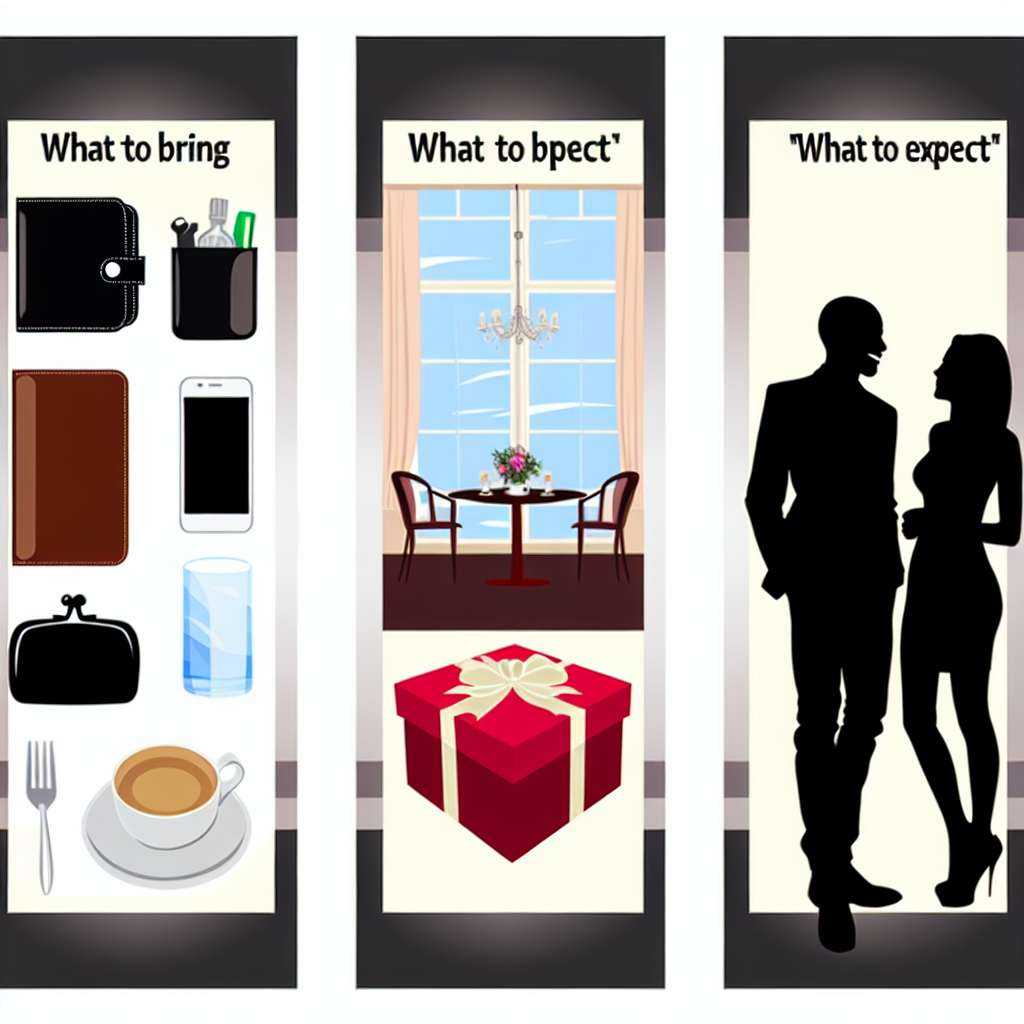# Breadcrumbing in Dating: Recognize and Respond Effectively
Introduction: Are You Getting Just Enough to Stay—But Never Enough to Grow?
In today’s fast-paced, digitally-driven dating world, it’s increasingly common for singles to feel confused or disheartened by mixed signals from potential partners. One such confusing behavior making the rounds in modern relationships is called “breadcrumbing.”
If you’ve ever found yourself drawn to someone who offers just enough attention to keep you emotionally invested—but not enough to build a genuine connection—you may have been breadcrumbed.
Breadcrumbing is a manipulative form of communication where one person leads another on with sporadic, non-committal messages, often through texts, DMs, emojis, or social media interactions. The manipulator keeps the recipient interested just enough to remain in their orbit, but never actually commits to a romantic engagement. It’s the digital equivalent of dangling a carrot—flirting without meaningful follow-through.
This phenomenon doesn’t discriminate by age. Whether you’re a college student diving into dating apps for the first time, a recently divorced adult re-entering the dating pool, or a senior navigating romance in later life, breadcrumbing can impact anyone. It’s particularly prevalent in app-based dating, where infinite options can cause users to engage in attention-seeking behaviors rather than sincere romantic pursuits.
Breadcrumbing can take many forms: the late-night “hey, stranger” texts, constant liking of your social media photos without making plans, occasional flirty messages with no follow-up, or long gaps in communication followed by sudden bursts of interest. These digital breadcrumbs create a false sense of hope, keeping the recipient occupied, validated, and emotionally entangled.
The emotional toll of breadcrumbing shouldn’t be underestimated. It fosters insecurity, erodes self-esteem, and clouds judgment, making it harder to recognize sincere connections. Breadcrumbing is often unintentional; some people breadcrumb as a way to validate their self-worth or keep options open. However, regardless of intent, the consequences can be deeply hurtful to the person on the receiving end.
Recognizing breadcrumbing is vital for developing healthy romantic boundaries and making empowered dating decisions. Understanding its signs, psychological impact, and learning effective response strategies can help you avoid wasting emotional energy and place your focus on building genuine, honest connections.
Let’s dive into the science and psychology behind breadcrumbing—and how to navigate it confidently, whatever your age or dating experience.
The Psychology of Breadcrumbing: What Research and Experts Reveal
Research into breadcrumbing is growing as the digital dating climate evolves. A pivotal 2020 study published in the journal Social and Personal Relationships explored breadcrumbing behaviors and found they are closely linked to insecure attachment styles—particularly avoidant and anxious types. Individuals with avoidant attachment often use breadcrumbing to maintain control and emotional distance without fully disengaging from a connection.
The study titled “Ghosting and breadcrumbing: The prevalence of these dating behaviors and association with personality traits” reveals that breadcrumbing behaviors are associated with lower levels of empathy and higher tendencies toward manipulation. These breadcrumbs leave recipients in an emotional gray zone—oscillating between hope and doubt—which can exacerbate anxiety and diminish self-worth.
Psychologists compare breadcrumbing to intermittent reinforcement—a concept in behavioral psychology where sporadic rewards result in stronger emotional attachment. This is the same mechanism used in gambling addictions, keeping people hooked through unpredictability.
Dr. Cortney Warren, a clinical psychologist and relationship researcher, explains in Psychology Today that breadcrumbing taps into primal psychological mechanisms by offering just enough “reward” to create emotional dependence. The unpredictability leaves you always hoping for more.
Additionally, Barry Schwartz’s work in “The Paradox of Choice” shows how an overabundance of dating options leads to lower satisfaction and decision paralysis. Many people engage in breadcrumbing not out of malice, but due to decision fatigue and an unwillingness to commit.
Even older adults unfamiliar with today’s digital dating dynamics are vulnerable to breadcrumbing. What may seem like harmless inconsistency or polite disinterest may actually be a subtle form of emotional stringing-along.
Spot the Signs Early: Common Behaviors That Signal Breadcrumbing
Wondering if you’re being breadcrumbed? Look for these red flags:
– Reaching out only sporadically (often late at night)
– Showing frequent social media engagement (likes, story views) without real-life follow-through
– Giving flirty comments or texts with no follow-up plan
– Long periods of silence followed by sudden, casual check-ins
– Sharing mixed messages—you “feel” wanted, but you’re never prioritized
If interactions feel inconsistent, noncommittal, or one-sided, trust your instincts. Recognizing these patterns is the first step toward emotional self-protection.
Respond with Confidence: How to Stop Chasing Crumbs
Once you recognize breadcrumbing, it’s time to reclaim your power. Here’s how:
### 1. Set Clear Boundaries
Communicate your needs with grace and clarity. Say something like:
“I’m looking for clear communication and consistency. If that’s not your vibe, I totally understand—I just want to be honest about what I need.”
### 2. Limit Emotional Investment
Late-night emojis or sporadic messages shouldn’t influence your emotional compass. Treat them as noise, not validation.
### 3. Watch Behavior, Not Words
Anyone can send a sweet text—but consistent effort over time speaks volumes. Actions will always trump promises.
### 4. Disengage If Necessary
You owe no one your emotional availability. If someone continues to string you along, don’t hesitate to mute, block, or unfollow. Prioritize your mental health over digital courtesy.
### 5. Focus On Intentional Dating
Surround yourself with mutual, respectful connections. Look for patterns of reliability, emotional availability, and genuine interest—hallmarks of someone looking to offer more than just crumbs.
You deserve more than random attention. You deserve real, reciprocal love.
Why You Deserve the Banquet: Choose Empowerment Over Ambiguity
Breadcrumbing can be bewildering and emotionally draining, but knowledge is your shield. By understanding its signs, psychological causes, and harmful effects—you empower yourself to make smarter relationship choices.
Whether you’re 18 or 80, recognizing breadcrumbing for what it is will bring you closer to healthier, heart-centered relationships. Set standards, seek clarity, and walk away from digital dangling games.
You’re worthy of clear communication, emotional respect, and genuine connection.
Don’t settle for crumbs—hold out for the whole feast.
Concise Summary:
Breadcrumbing is a common and manipulative dating behavior where someone offers just enough attention to keep you interested, but never enough to build a real connection. This can have a major emotional toll, fostering insecurity and low self-worth. By understanding the signs of breadcrumbing and learning effective response strategies, you can avoid wasting your time and focus on finding genuine, reciprocal relationships.

Dominic E. is a passionate filmmaker navigating the exciting intersection of art and science. By day, he delves into the complexities of the human body as a full-time medical writer, meticulously translating intricate medical concepts into accessible and engaging narratives. By night, he explores the boundless realm of cinematic storytelling, crafting narratives that evoke emotion and challenge perspectives. Film Student and Full-time Medical Writer for ContentVendor.com




